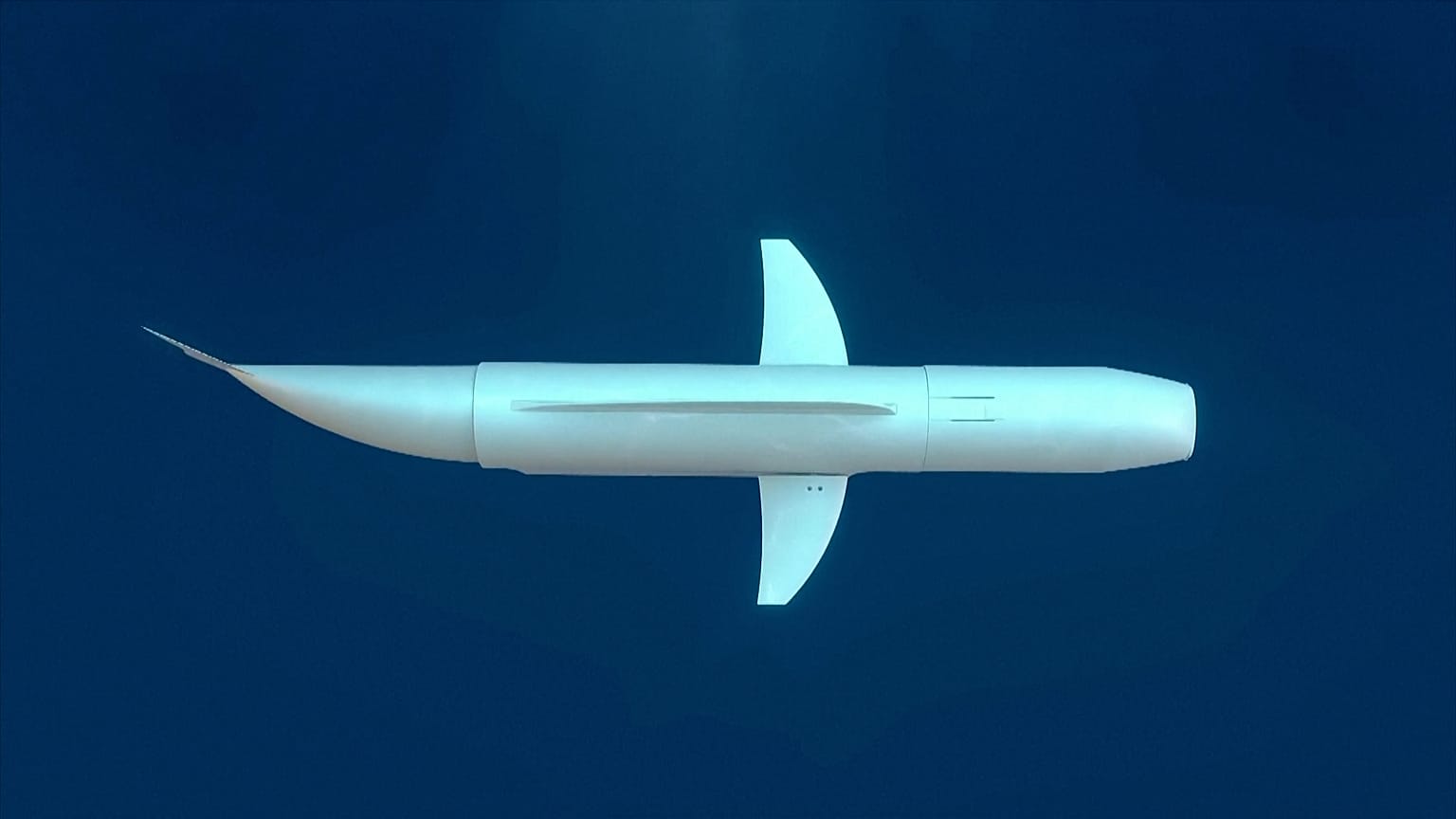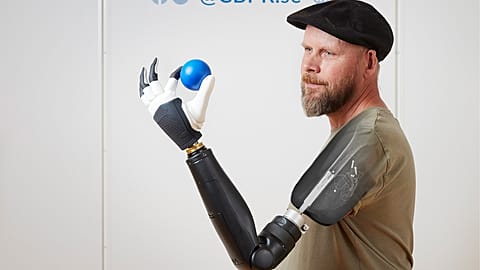The autonomous bot can collect samples and film underwater, providing a detailed picture of the environment without disturbing it.
Researchers in Switzerland have developed a new, autonomous fish robot capable of giving conservationists a clearer picture of the organisms that live under the sea without disturbing the marine environment.
The robot - christened Belle by its developers - has been specifically designed to collect valuable data in a minimally invasive way.
"We want to capture the ecosystems the way they actually behave," Leon Guggenheim, a mechanical engineering student at ETH Zurich, the Swiss Federal Institute of Technology, told Reuters.
According to Guggenheim, Belle is silent, moves like a fish and doesn’t create a disruptive wake as she moves through her environment.
"Those areas are particularly vulnerable to propeller-based systems that would just sort of shred through the corals or go and scare the fish away,” Robert Katzschmann, Assistant Professor of Robotics at ETH Zurich, said.
The robot uses artificial intelligence (AI) to self-navigate underwater and is able to collect DNA samples and high resolution video while blending into coral reef environments.
Measuring just under a metre and weighing almost 10 kg out of the water, Belle is propelled by a silicone fin with two cavities into which water is pumped in cycles.
“These cavities are filled and emptied with water through a pump system, and that moves the fin back and forth, because you have a cavity on one side which creates an overpressure and a cavity on the other side which creates a vacuum. That then bends the fin in one direction," Guggenheim said.
Impact of overfishing and pollution
The target is for the robot to operate autonomously for two hours before it’s environmental DNA, or eDNA, filter is emptied and its batteries need to be replaced.
“It swims to the surface, sends us a GPS signal and then we go and pick it up again,” Guggenheim said.
“And from there it could send us data, but the idea is that the mission is so long, that the battery has to be replaced anyways and the environmental DNA filter has to be replaced anyways, so there's no point in sending data back if you have to manually get the data for the environmental DNA filter anyways".
The team hope their robot will help marine biologists study the health and biodiversity of various different reef ecosystems that have been impacted by overfishing, pollution and climate change.
For more on this story, watch the video in the media player above.


















